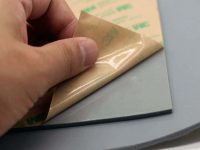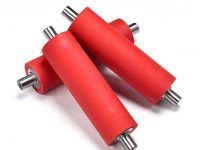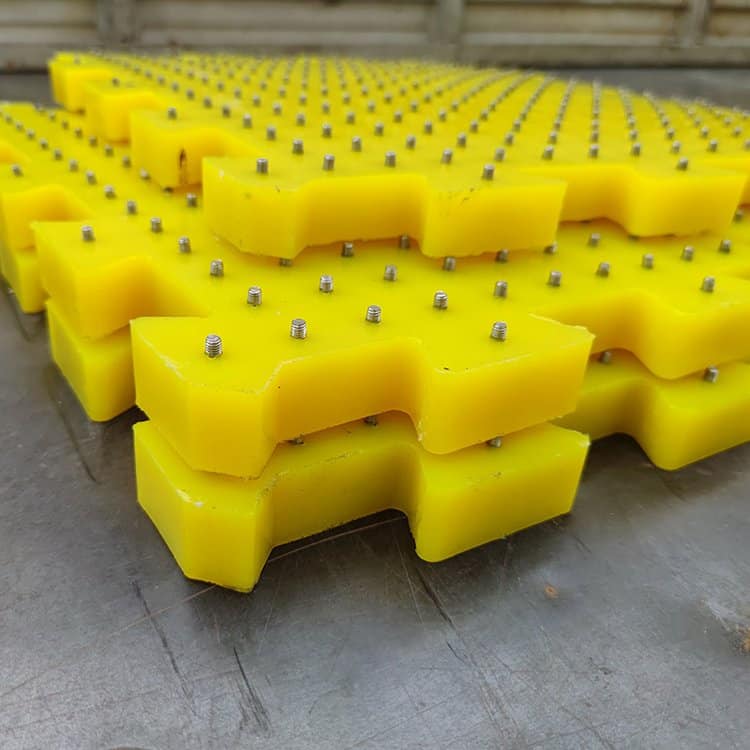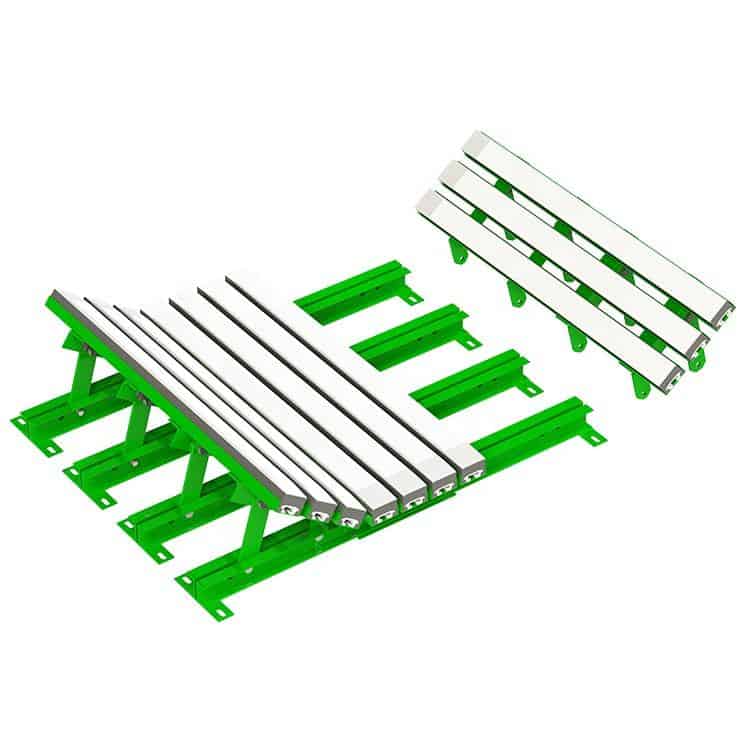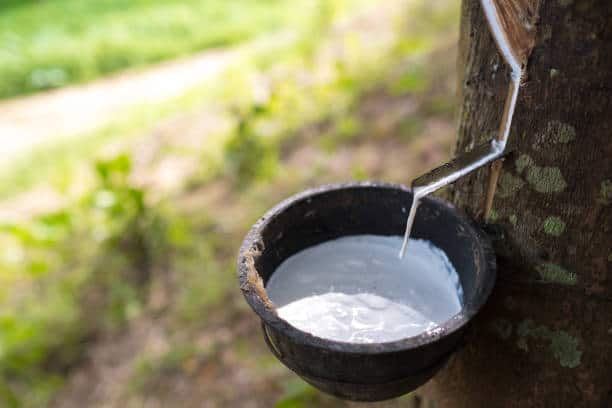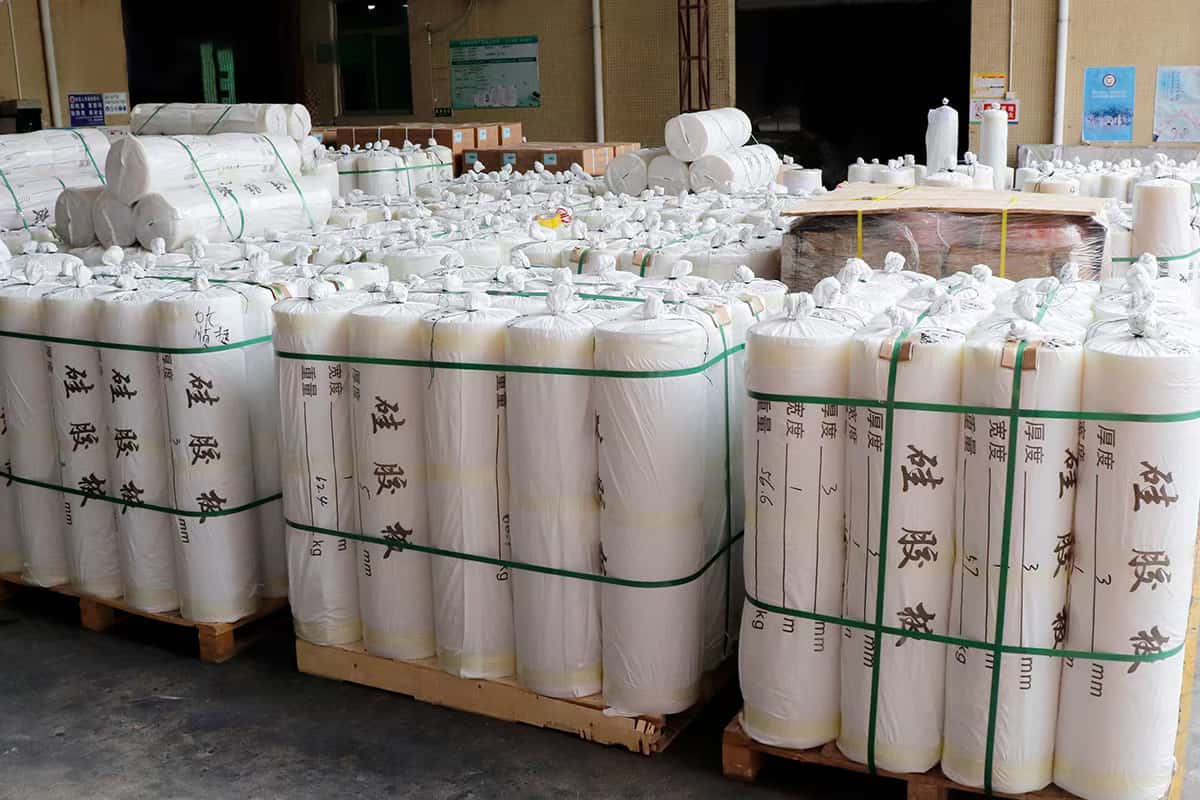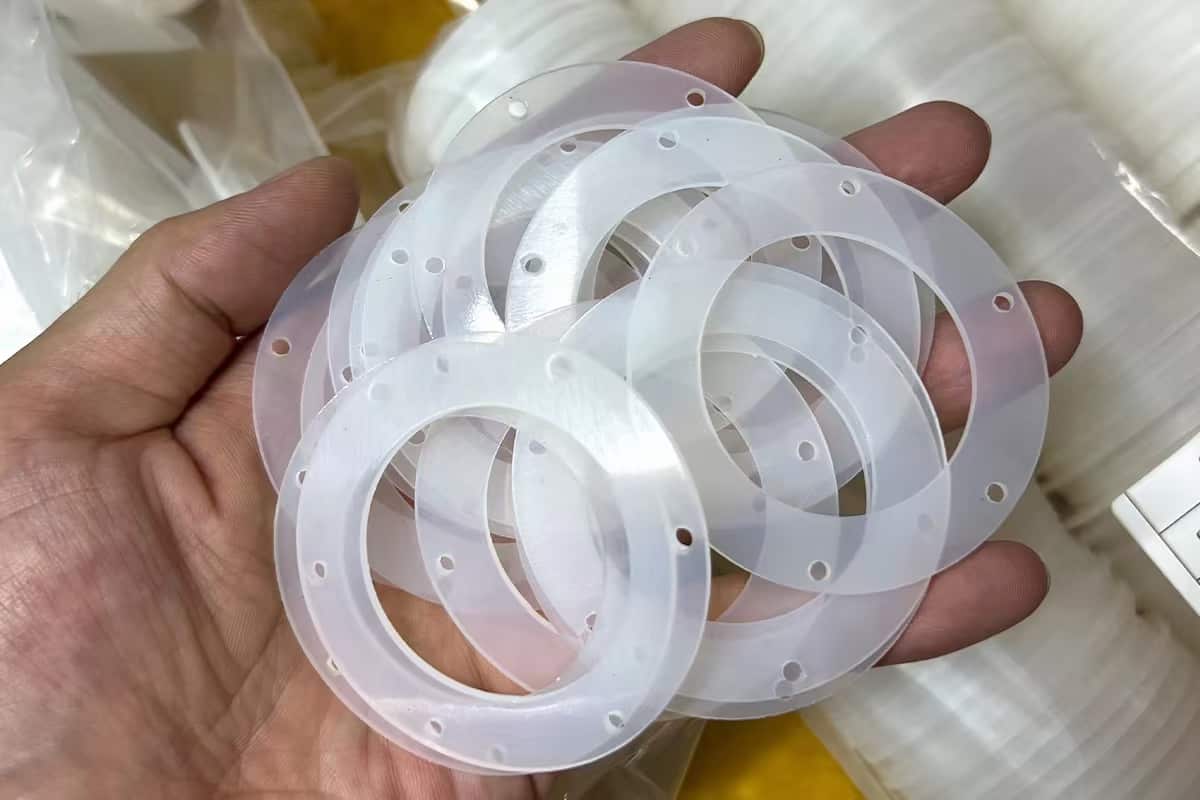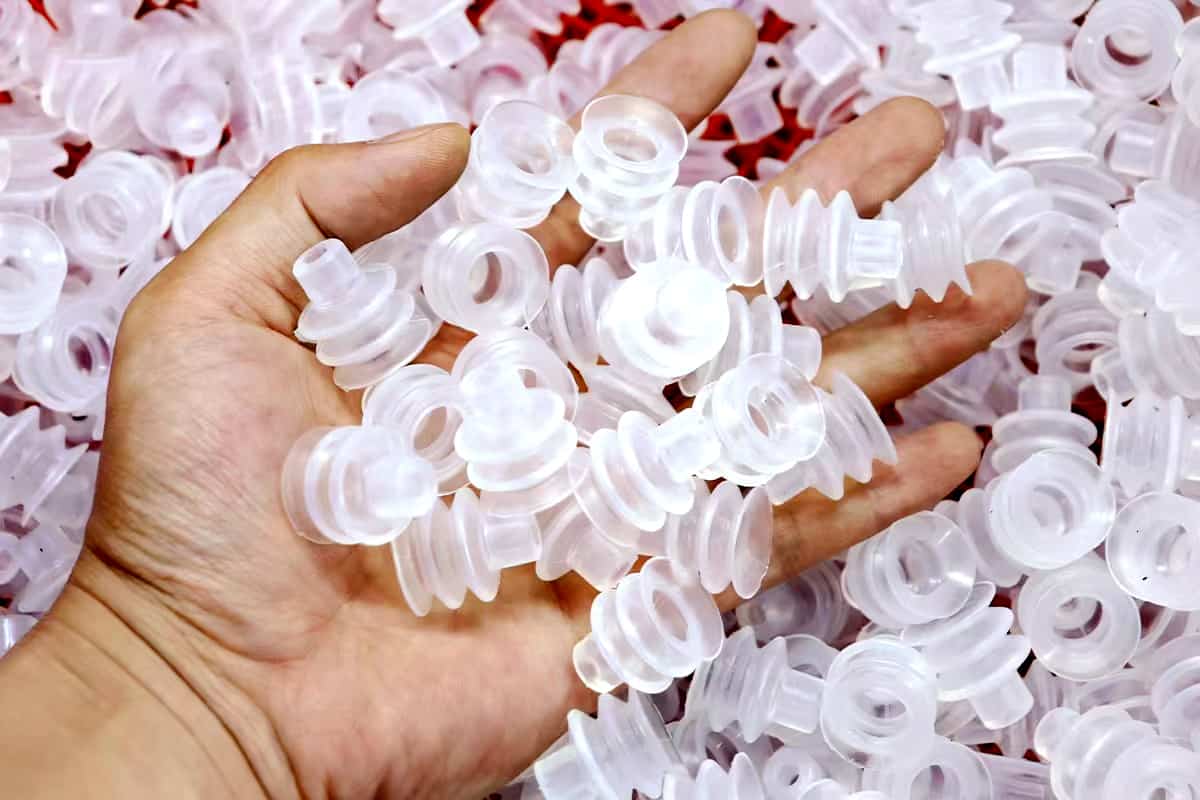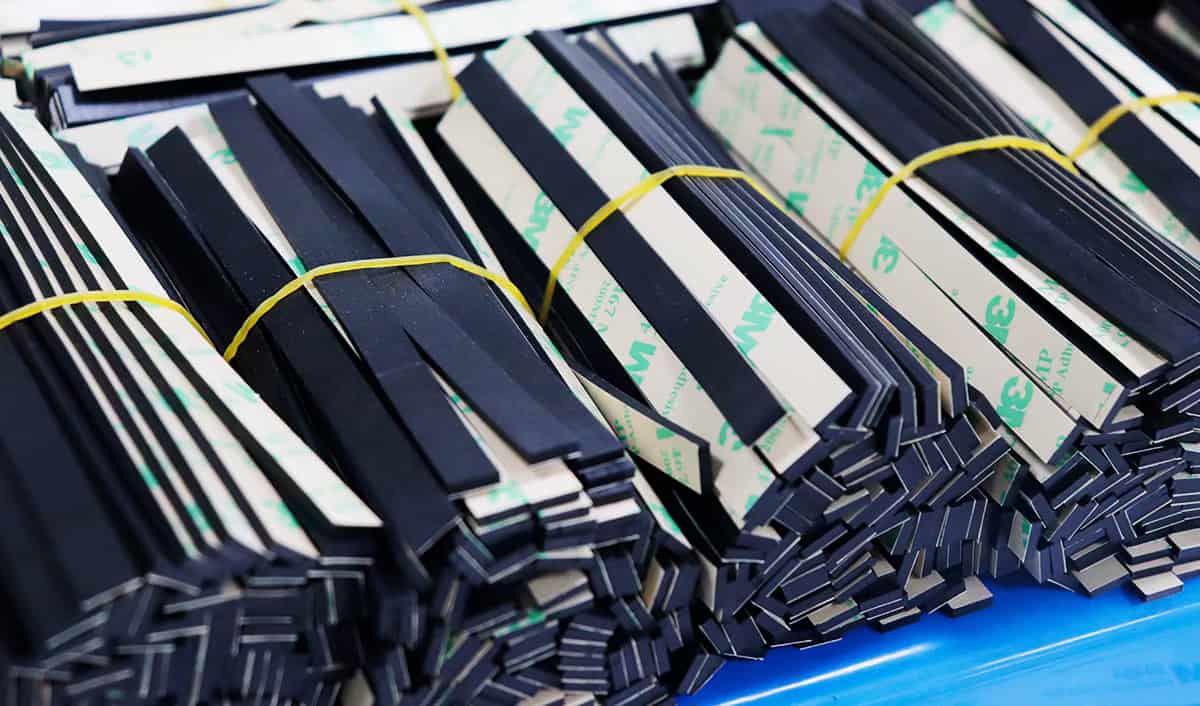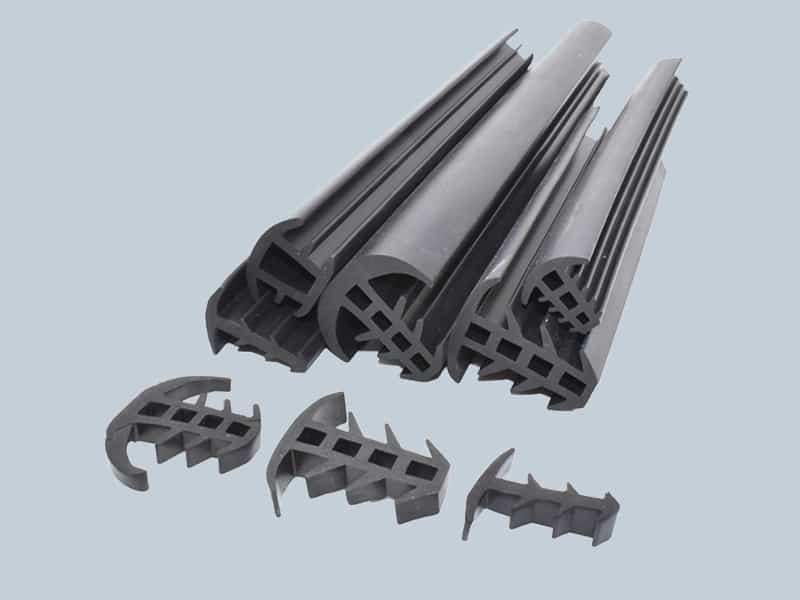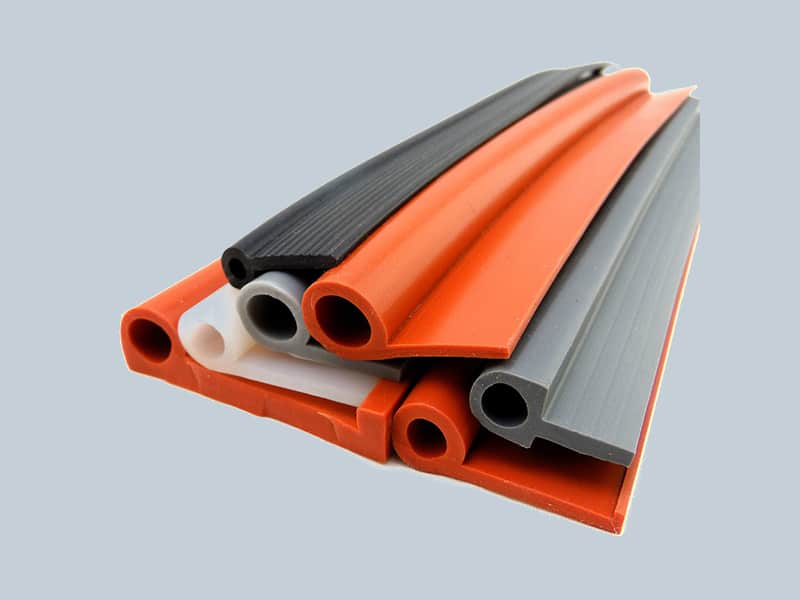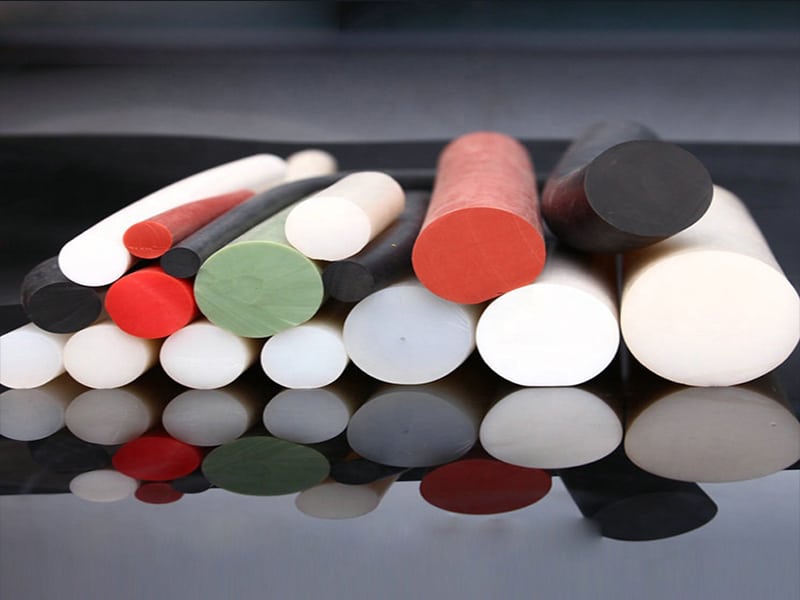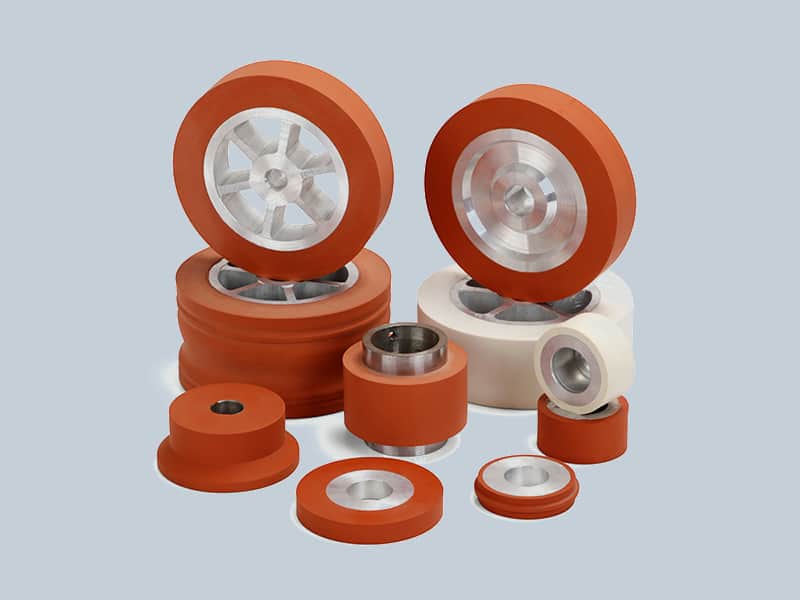Storing Silicone Tube
When it comes to storing silicone tube, proper and careful storage is key. Whether you’re a DIYer, professional or hobbyist, knowing how to store silicone tube correctly can help you maintain the quality of your product and extend its lifetime. There are several measures that should be taken when storing silicone tube in order to ensure its longevity and effectiveness.
One important tip for storing silicone tubing is to cut off any unused portions of the tube that may have come into contact with contaminants such as dirt, dust or fluids. This will help reduce the risk of contamination on future uses and thereby increase product reliability. Additionally, make sure there are no sharp points or edges on the end of your tubing before storing it away; this could damage other items stored near it over time.
Clean First: Wipe Down & Air Dry
When it comes to storing your silicone tubes after use, proper cleaning should be the first step. By wiping down your tubes with a damp cloth and allowing them to air dry, you’ll help ensure that no bacteria or dirt will linger on the tube. This will also help extend the life of your product and make sure that it is safe for future use.
It’s important to note that when you’re wiping down your tubes, you should avoid using any harsh chemicals or abrasives. Not only can these damage the material, but they can leave behind residues which may end up damaging other items in storage. Using a mild detergent instead is recommended as this will help protect both the silicone and any other items in its vicinity.
Keep Away from Heat: Store Cool & Dry
When storing silicone tubing after use, it is important to keep the material in a cool and dry location. Excessive heat can cause permanent damage to the tube, leaving it brittle and unsuitable for future uses. Storing silicone tubes away from direct sunlight or in an area with high temperatures will help ensure that they remain in optimal condition.
Proper storage of silicone tubes includes keeping them away from any sources of heat such as radiators, water heaters and other high temperature objects. It is also crucial to keep them out of contact with chemicals or liquids that can degrade the material over time. Silicone tubing should be securely wrapped before being placed into a box or container to avoid any potential leakage or damage caused by outside elements like dust and dirt particles. Finally, it is recommended that these items are labeled so that their contents are easily identifiable during future use.
Separate by Purpose: Label Tubes
Separate by Purpose: Label Tubes. Keeping silicone tubes organized and labeled properly can be a challenge for many, but it doesn’t have to be complicated. It’s important to separate the tubes according to purpose, so they can easily be identified when needed. To keep things organized and efficient, try labeling each tube with its specific purpose.
For instance, one tube may contain a mixture of materials used in a certain project while another may store items related to an entirely different task. By keeping them separated, users will save time finding the right item or material quickly without having to sort through multiple labels or containers for the contents inside. Labeling also prevents any potential cross-contamination that could arise from mixing materials from different projects in the same container or tube.
Don't Overstuff Container: Avoid Tangles
When you’re working with silicone tubing, it’s important to store them properly once you finish using them to avoid tangles and messes. A key rule of thumb is to not overstuff the container—this will help keep the silicone tubes from becoming tangled and frustratingly hard to use.
It’s best to coil each individual tube into a figure eight shape before storing in the container. This helps prevent entanglement since each silicone tube is pinned down by its own coils instead of knotted in a big bundle. Additionally, make sure there’s some room between each of the tubes so that they don’t become stuck together when trying to unwind them later on.
Using these tips, you can easily and neatly store your silicone tubing after use, preventing any unnecessary frustration or wasted time due to tangles and knots.
Use Sterilized Area: Keep Contamination Low
When storing silicone tube after use, it is important to keep contamination low by using a sterilized area. This is especially important for those in the medical industry who need sterile solutions for their work and research. Cleaning and sterilizing the environment where silicone tube is stored ensures that any potential contaminants are eliminated to keep solutions from becoming compromised.
The first step when setting up a storage area is to identify any materials which could be responsible for cross-contamination or other forms of contamination. This includes items such as clothing, instruments, tools, furniture and anything else that may have come into contact with the silicone tube in question. Once identified, these items should be removed from the storage area and replaced with new materials specifically designated for use in this space only.
Conclusion: Safe Storage Tips
The conclusion of this article on how to store silicone tube after use is that proper storage can help extend the life of a silicone tube and prevent costly waste. Proper storage techniques for silicone tubes should include examining the product for any possible defects prior to storage, as well as keeping them in a cool, dry place away from direct sunlight or other sources of heat. Additionally, storing the tubes vertically rather than horizontally will reduce pressure on the outside walls and help maintain their shape and effectiveness.
Finally, users should never store silicone tube in moist or humid environments, as this could cause mold growth which may damage the product’s integrity over time. By following these simple tips, you can ensure that your stored silicone tube stays safe and functional for a long time to come!

